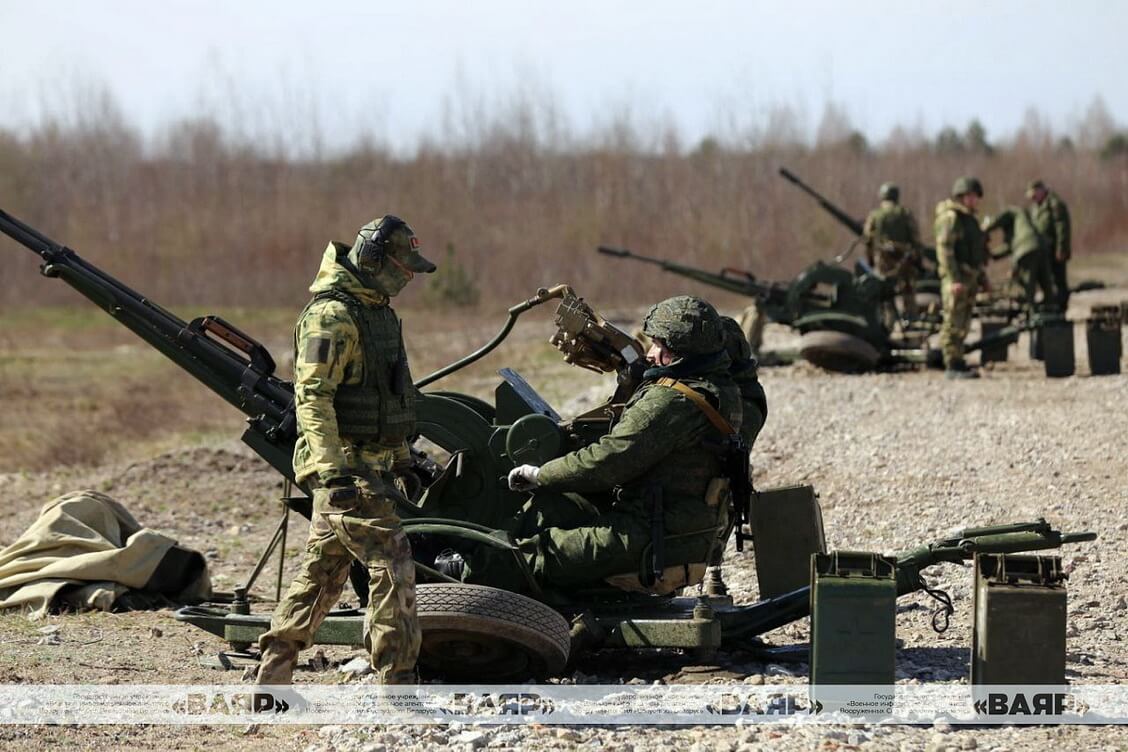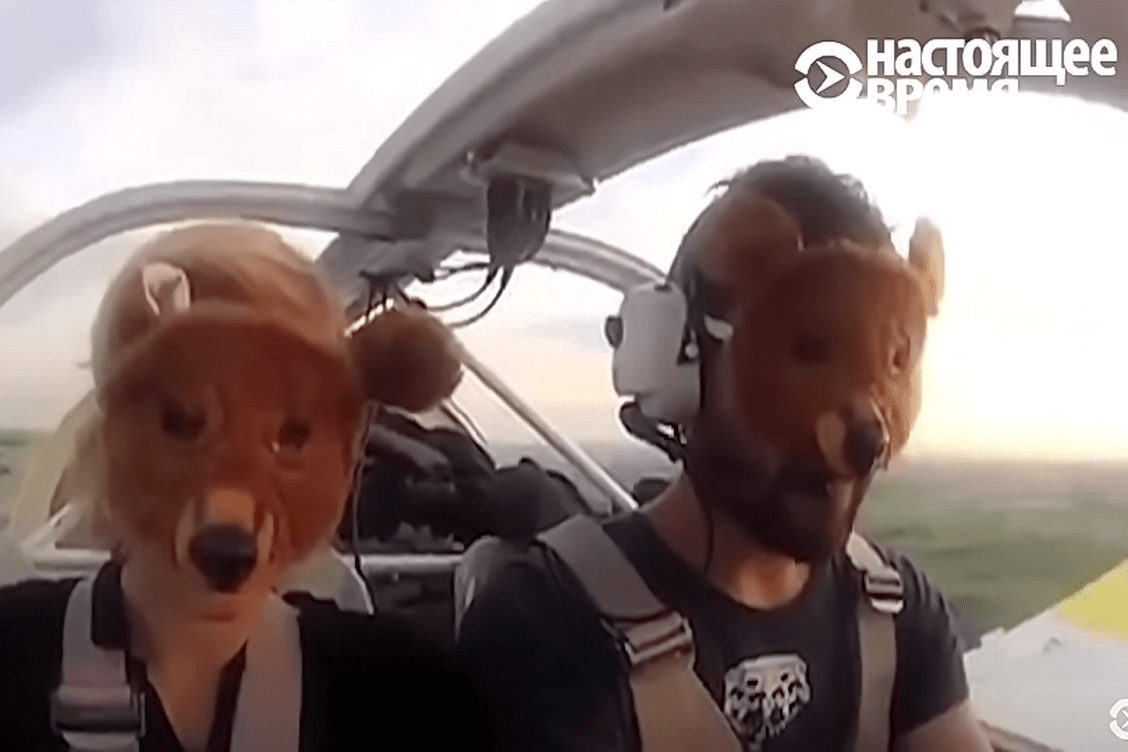Alaksandar Łukašenka on May 3 inspected the Air/Air Defense Central Command Post, expressing content with troops’ performance in last month’s combat-readiness drills. But he repeated several times that troops deserved credit only if the generals had organized the surprise drills “honestly” rather than put on a show. He appears to mistrust his generals.

Soviet style window-dressing
The Belarusian ruler often boasts that he had served in the army and knows how it works. If he does, he is certainly aware of the window-dressing that flourished in the Soviet army. The Belarusian army is similar in many ways, both in terms of armament and spirit.
Therefore, the Belarusian commander-in-chief’s doubts are legitimate. But it was he who created the system that encourages Soviet-style window dressing both in the military and civilian spheres.
Officials show the ruler all kinds of Potemkin villages and select vetted public members of the public to ask him questions.
In February 2021, Łukašenka even admitted that officials had rigged the 2020 presidential election in his favor.
“Well, you know, frankly speaking, our governors have a habit of showing off,” he said approvingly. “Some could add half a percent, one percent, two percent (of the vote for Łukašenka). But listen, you can’t falsify 80 percent!”
“Sometimes you have other things to worry about, not law,” Łukašenka used to say in 2020, probably assuming that one should lie for a cause. So it is not surprising that his subordinates act exactly the same way.
Biełaruski Hajun reported that the Air/Air Defense command had conducted combat-readiness drills several times since February. It must have rehearsed well to prepare for Łukašenka’s surprise inspection, which was not a big surprise.
Big failure: teddy bear drop of 2012
Pervasive window-dressing is fraught with failures in real tests. The Belarusian Air/Air Defense Forces in July 2012 failed to detect a light plane that flew illegally from Lithuania over Minsk to drop teddy bears with freedom of speech slogans and returned safely.
Moreover, the defense ministry dismissed a video of the flight as a “photoshopped fake.” State propagandists echoed the military.

Three weeks after the incident, Łukašenka sacked Air/Air Defense Commander Dźmitryj Pachmiełkin and State Border Committee Chairman Ihar Račkoŭski.
Alliance with Moscow a powder keg
Since that incident, Minsk has been building up air defense capabilities. The Air/Air Defense Forces will soon take into service Su-30SM fighters, Mi-35M helicopters and S-400 Triumf surface-to-air missile (SAM) systems, Defense Minister Viktar Chrenin said on May 3.
The aircraft and SAMs have been supplied by Russia, but not as many as Minsk asked for and later than it requested.
Moscow also needs hardware for its war against Ukraine, where Russian troops face strong resistance. Ukrainian drones have already attacked the Kremlin and could also hit the Belarusian ruler’s residence in Minsk’s Drazdy neighborhood.
“Our military doctrine is purely defensive. And the basis of any state’s defense is air defense,” Air/Air Defense Commander Andrej Łuḱjanovič told reporters on May 3.
The new edition of the Belarusian military doctrine is clearly inferior to the previous one in terms of objectivity of assessments.
Approved recently by the All-Belarusian People’s Assembly, the paper has an anti-Western bias and portrays NATO countries as enemies. Many of its points contain blatant propaganda, echoing Moscow’s narratives.
The doctrine has been repackaged in a confrontational manner, reflecting the sad reality of Belarus: the regime is at odds with its neighbors, and its dependence on the Kremlin is an existential threat.
Unlike Putin, Łukašenka has no imperialistic ambitions, but his alliance with the aggressive empire, which stores its nuclear weapons in Belarus, is a slippery and risky path.
Unable to break out of the Kremlin’s orbit, the Belarusian ruler has no other choice but to sit on a gunpowder barrel and pretend to be a guarantor of peaceful skies.
Also read: Defense ministry wrapping up drills